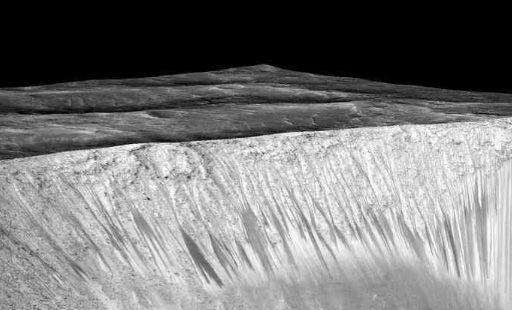4.1.2 Planetary protection for Mars today
Today, the Policy on Planetary Protection outlines the bioburden a mission to Mars can carry, as well as defining the planet’s period of biological exploration as 50 years.
Orbiting spacecraft, such as the ExoMars Trace Gas Orbiter [Tip: hold Ctrl and click a link to open it in a new tab. (Hide tip)] , are Category III, and require less than 5 × 105 bacterial spores to be carried by the spacecraft, or a probability of impact of less than 1 × 10−2 (for 20 years after launch). Although orbiter missions are not planned to land on the planet’s surface, there is still a possibility that it might touch down either through mission failure or at mission end and so planetary protection considerations are still important.
Landers are Category IV missions. These pose the greatest risk because they could deliver terrestrial contamination directly to the planet’s surface, but the planetary protection requirements depend on the mission objectives. Those lander missions not designed to look for evidence of life (Category IVa) must carry fewer than 3 × 105 bacterial spores, whereas those that are designed to look for life (Category IVc) are restricted to fewer than 30 spores.
All spacecraft in these categories must be built within an environmentally monitored cleanroom and undergo stringent monitoring and cleaning procedures before launch. For example, the Beagle 2 Mars lander, which was carried by ESA’s Mars Express mission, was assembled within the Aseptic Assembly Facility, a high-specification clean room on the Open University’s campus in Milton Keynes (Figure 25).

Category IVc missions are a special case because they are likely to visit Special Regions on Mars. These have been defined as areas where terrestrial organisms carried by a spacecraft might be able to survive and thrive, or where there is high potential for living organisms to be found. The temperature of the region must be greater than −28 °C and have a water activity of 0.5 (see below). This currently includes gullies, cavities, and the surface features known as Recurrent Slope Lineae (RSL, Figure 26) but could include any areas that show evidence of groundwater.
Water activity is a measurement of the availability of water to biological processes. It depends on the presence of solutes (dissolved substances) and the relative humidity of the environment. The higher the concentration of solutes in a water, the lower the water activity. The lower the water activity, the less likely the environment is to host life.

